The Turtle Hospital of Marathon, Florida opened its doors in 1986 with the goal of rehabilitating injured sea turtles and returning them to their natural habitat. In addition to spreading awareness, educating the public, conducting research and passing legislation to support the sea turtle, the Turtle Hospital is an excellent way to spend a few hour with your family.
Since opening, the Turtle Hospital has released an estimated 1,000 sea turtles back into the ocean. Today, the Turtle Hospital invites guests to not only visit the facility, but to take an 90min educational experience that includes a presentation on sea turtles as well as a behind the scenes look at the hospital facilities and rehabilitation area. The tour is capped off by being able to feed these adorable sea creatures.
On our recent #BloggersGo Girlfriend’s Getaway to The Florida Keys, Kas and I were thrilled for the opportunity to stop by the Turtle Hospital and take the 90 minute tour. During the presentation, we learned that there are only 7 species of sea turtles in the world, and 5 of them can be found off the coast of Florida.
Leatherback Sea Turtle
- Up to 2000 lbs and up to 8 feet long
- Can dive up to 5000 feet deep for about an hour
- Eats mainly jellyfish
- It’s unique soft hell is able to withstand these depths where a normal hard shelled turtle would be crushed
- Endangered and can’t be kept in captivity
Green Sea Turtle
- Up to 500 lbs and 3.5-5 feet long
- Young green sea turtles are carnivorous and eat jellyfish and squid
- Adults are vegetarian. Their diet of sea grass and algae make them green, like a flamingo’s diet of shrimp makes them pink
- Population diminished due to human consumption – Turtle Soup
- People once thought Green Sea Turtle Eggs to be an aphrodisiac
Loggerhead Sea Turtle
- 250-450 lbs and up to 3.5 feet long
- Eats hard shelled invertebrates like conch
- Named for it’s exceptionally large head
- Most common sea turtle found in Florida
- Mortality rates of nearly 100% of all clutches laid in a season have been recorded on some Florida beaches due to raccoons
Hawksbill Sea Turtle
- 100-150 lbs and 2-3 feel long
- Eats mainly sponges, crabs, shrimp and other invertebrates
- Lives in coral reefs
- Only turtle you can touch
- Meat is toxic
- Endangered for beautiful shell design
Kemp’s Ridley Sea Turtle
- 100 lbs average size and only 2ft long max
- Eats crabs jellyfish snails bivalves
- Live only in Texas and Gulf of Mexico
- The rarest of all sea turtles
- Unique nesting behavior of all females coming to shore to lay eggs at same time in broad daylight made them easy targets
After the educational presentation, we were able to tour the facility and see the current residents of the sea turtle hospital.
It’s important to note that Sea Turtles are endangered. The World Conservation Union (IUCN) has identified five major hazards to sea turtles: Fisheries, Direct Take (sea turtles and their eggs are killed by people throughout the world for food, and for products including oil, leather and shell), Pollution, and habitat destruction through Coastal Development and Climate change.
Turtles arrive at the Turtle Hospital from not just Florida, but all over the US. There they are treated for a variety of ailments including flipper amputations caused by fishing line and trap rope entanglements, shell damage caused by boat collisions, and intestinal impactions caused by ingestion of foreign materials such as plastic bags, balloons, and fishing line and/or hooks. But other instances bring sea turtles to the hospital too. In the summer months, the hospital receives a large number of hatchling turtles that were either disoriented by artificial lighting or trapped in their nests. Luckily, these hatchlings are nursed back to health and released as quickly as possible.
Once a turtle has been treated, it’s the goal of the Turtle Hospital to get back into it’s natural habitat ASAP. To avoid confusion, the turtles are released in the same area they were found.
As a matter of fact, Kristi and Gizmo (both Loggerhead sea turtles) will be released on Valentine’s Day, 2/14 at Mile Marker 88 in Islamorada. If you are in the area, you are welcome to join the community in this special release!
Unfortunately, not all sea turtles can be released into the wild.
Meet Bubble Butt:
“I’m Bubble Butt and I’m famous around these parts. I’ve been here since 1989 and it’s my responsibility to welcome all the newcomers. I was hit by a boat off of Long Key a long time ago. The boat hit left me with a permanent air bubble under my shell which causes me to float. So now I have a weight attached to me to help me swim. They call me Bubble Butt because I was the first documented case of Bubble Butt Syndrome. Nobody makes fun of me though, since there are so many other “bubble butts” in the pool like me.”
In addition to rehabilitation in release, the Turtle Hospital also takes in turtles, like Bubble Butt, who can not be released back into the wild due to their injuries. There are currently 5 of these residents: Rebel, Montel, Bubble Butt, Bender, and April. Thankfully, there are people like you and I that can adopt turtles like Bubble Butt in order to help with their food and medical expenses for a contribution of $35.00 a year. You will receive a biography, certificate of adoption, a picture magnet of your turtle, and updates on your turtle throughout the year. After our tour, I decided to “adopt” Bubble Butt as a Valentine’s Day gift for Whistler.
If you spot a sick or injured Sea Turtle in Florida, you should immediately contact the Florida Fish and Wildlife Conservation Commission at 1-888-404-FWCC (*FWC or #FWC on your cell phone). For the safety of the turtle AND your own safety, DO NOT attempt to handle or rescue the turtle by yourself.
Thank you to the Turtle Hospital for the educational experience and your amazing conservation efforts towards the sea turtles. All photos were taken by me and may not use used without permission.
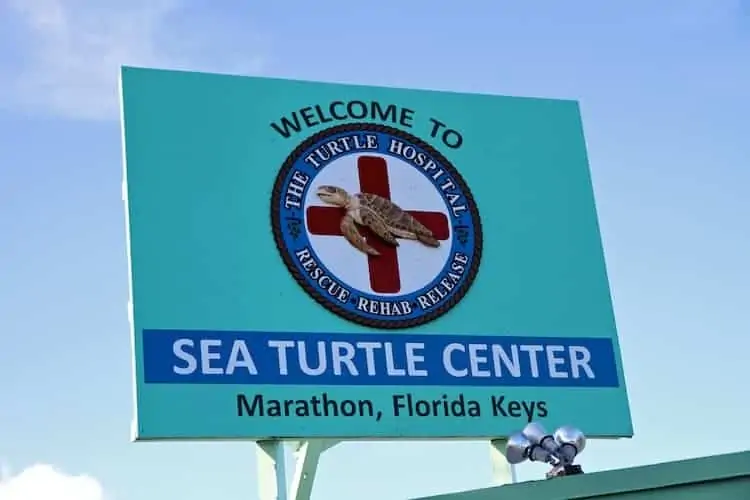
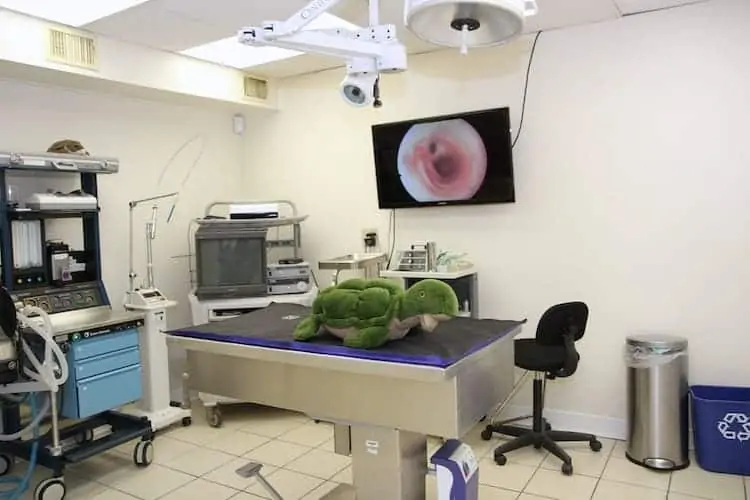
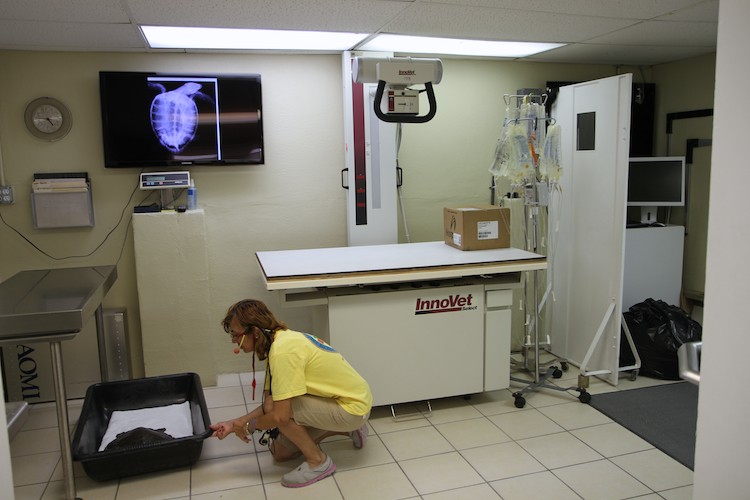
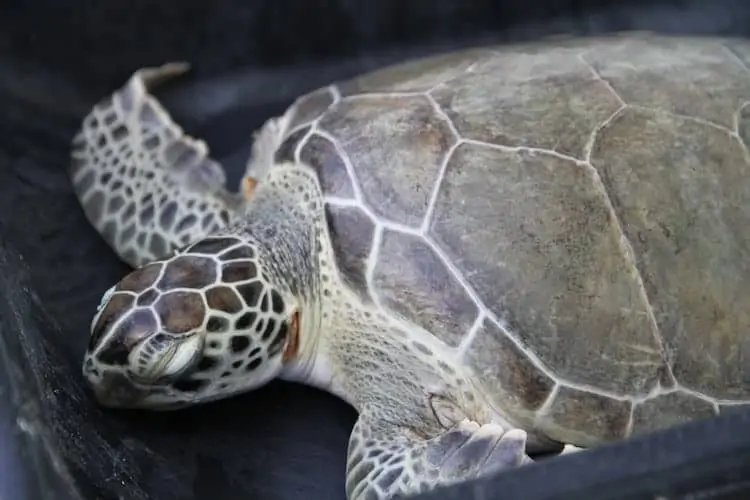

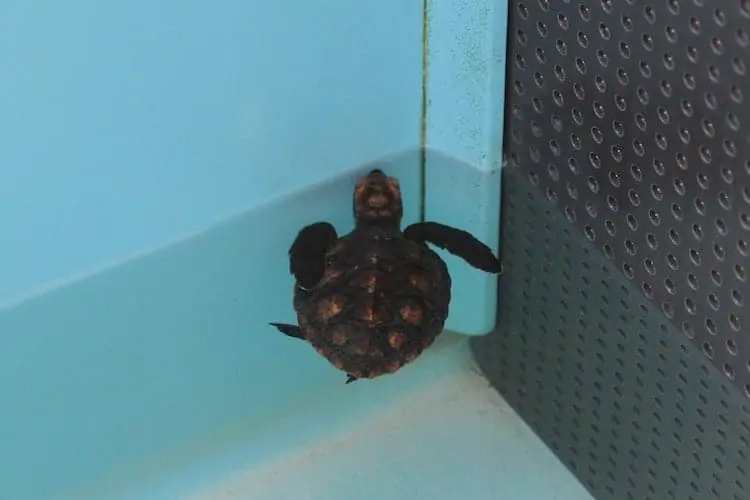

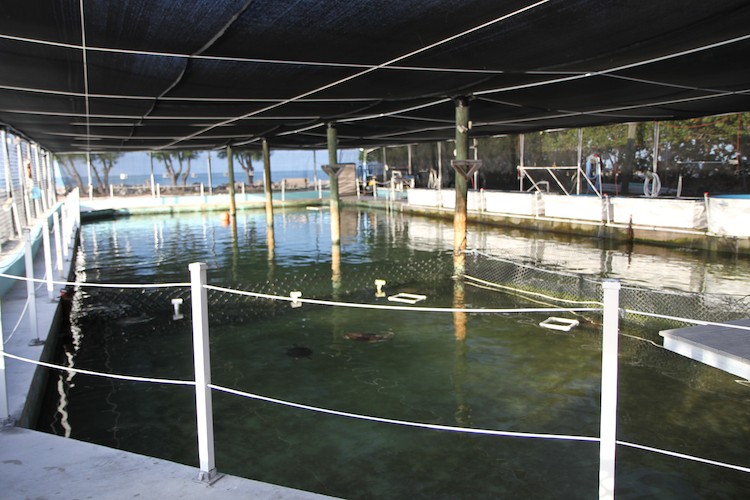

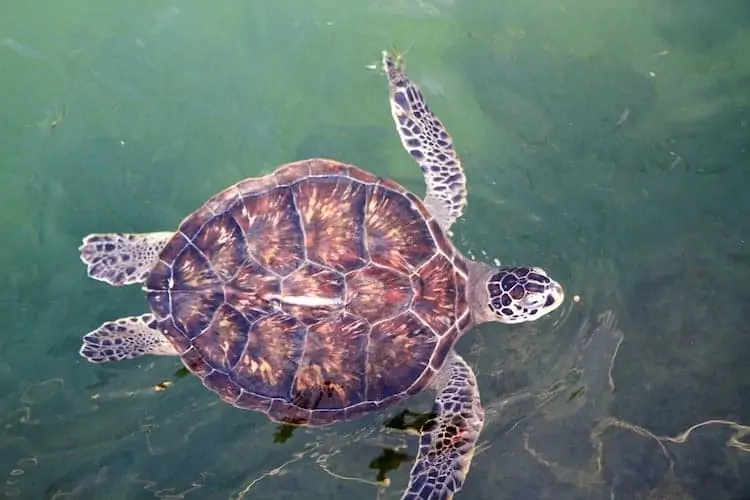
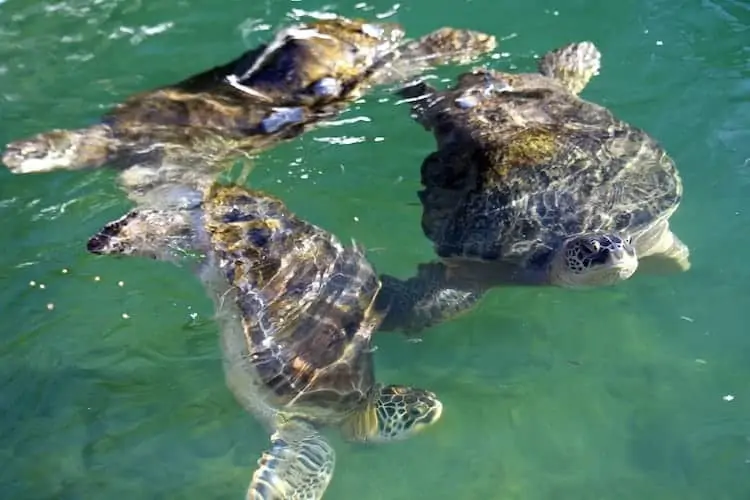


This would be so much fun to visit! Sounds like they do a lot of great work for the turtles!
Wow! This looks amazing – what an amazing place and a valuable resource for those of you with little ones growing up there! They can learn so much about the animals!
Thank you for sharing this!! We have adopted other animals before – I love Florida and all the animals there – we will have to stop in here next time we visit my dad!
What an amazing animal – and such a great gift idea!
We actually did this a few years ago! It’s so important to support organizations you believe in. Thanks for sharing this one!